Original author: Biteye core contributor Viee
Original editor: Biteye core contributor Crush
Recently, the discussion of chain abstraction has become more and more heated in the Chinese and English communities, and the founders of projects such as Uniswap and Safe have also expressed their views on this. Biteye combined with the chain abstraction series of articles by researcher @HelloLydia 13 to summarize the nine major misunderstandings surrounding chain abstraction.
Before we get started, let me first define Chain Abstraction in one sentence — a user experience that avoids having to manually interact with multiple chains.
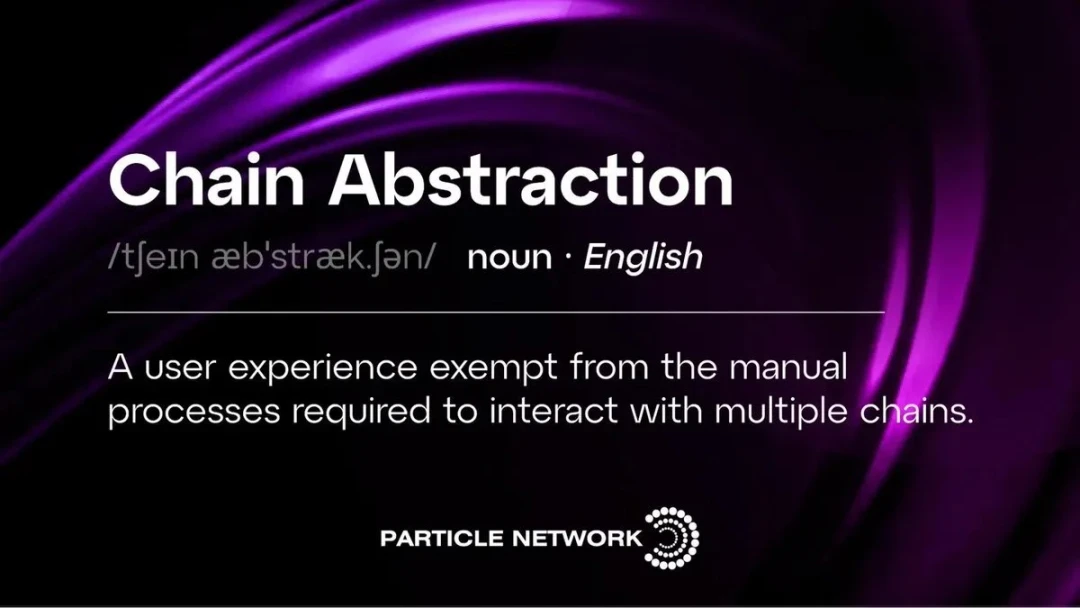
01 Chain abstraction = cross-chain bridge?
The chain abstraction is completely different from the underlying logic of the cross-chain bridge.
A cross-chain bridge is essentially an additional tool that users have to use in order to achieve a certain interaction goal.
Chain abstraction removes this additional obstacle, allowing users to directly use the entire on-chain balance to complete dApp usage or transfers, etc. - users no longer have the concept of cross.
In this sense, chain abstraction can be seen as the end of cross-chain bridges.
02 Chain abstraction = multi-chain wallet?
The biggest difference between chain abstraction and multi-chain wallets is liquidity integration .
The multi-chain wallet only plays an aggregation role at the user entrance. Users still have to manually switch between different chains when using dApp.
Chain abstraction truly “integrates” multi-chain liquidity, because the assets owned by users on any chain are equivalent from the perspective of purchasing power, and any token can be used to pay for gas, so users only need to focus on the interaction with the dApp itself.
In summary:
Multi-chain wallet → A wallet that allows you to switch chains more conveniently to manage assets.
Chain abstraction → Skip the chain and directly manage assets and dApp interactions.
03 Chain abstraction = account abstraction?
Here’s an analogy from a non-technical perspective:
Account abstraction is like looking for nails with a hammer. It is an established technical upgrade of the account structure (ERC-4337, EIP-3074, EIP-7702, EIP-7560) proposed by the Ethereum Foundation from the supply side.
Chain abstraction is like finding a hammer when there is a nail. It solves a very straightforward problem in the industry today: there are too many chains and the infrastructure is too fragmented.
The problem scenarios abstracted by Visible Chain are clear, which is the most scarce in the current Web3, because only real demand can bring about the actual adoption rate of track projects and the value capture ability of tokens.
04 Chain abstraction = intention?
Chain abstraction and intent are in a completely different dimension.
Broad intention is still a vague concept, while chain abstraction is a mature track with clear concept definition, problem scenarios, research framework and track map.
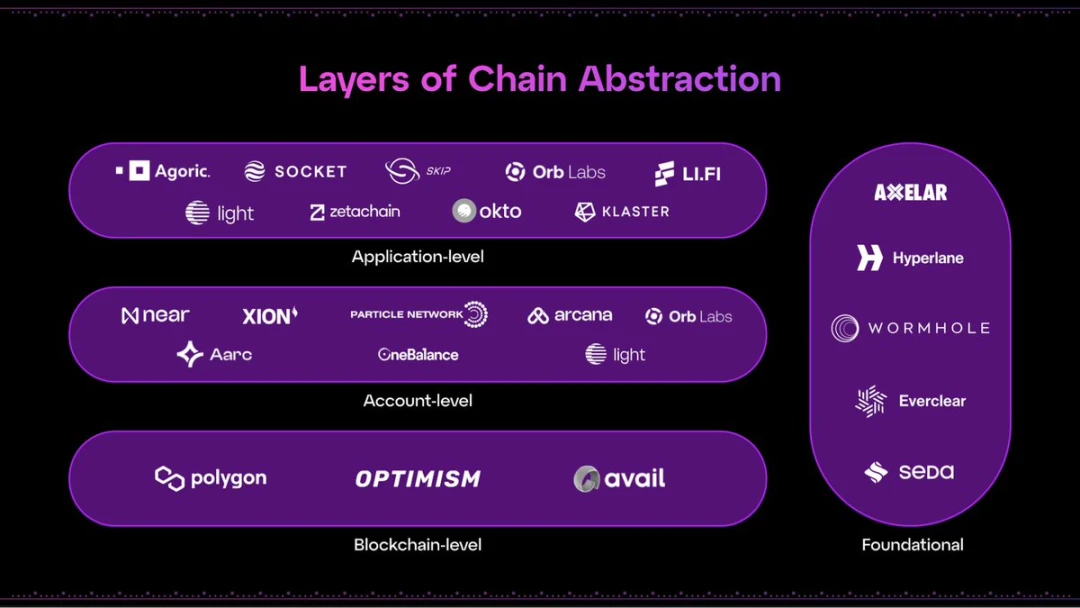
Narrow intent focuses on technical details, while chain abstraction is a more high-level concept that can serve any form of dApp.
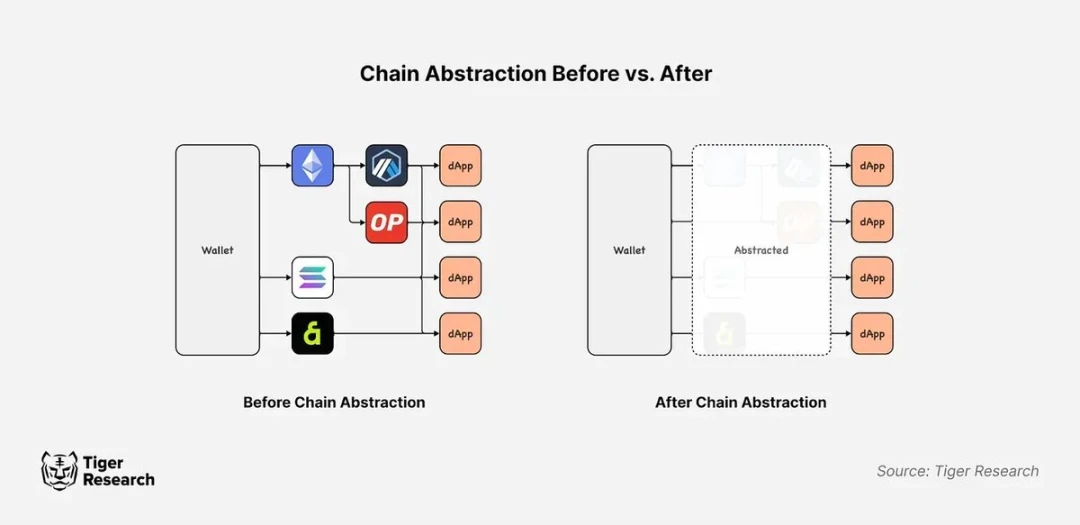
Intent can be used as a key technology to achieve chain abstraction together with account abstraction and interoperability protocol.
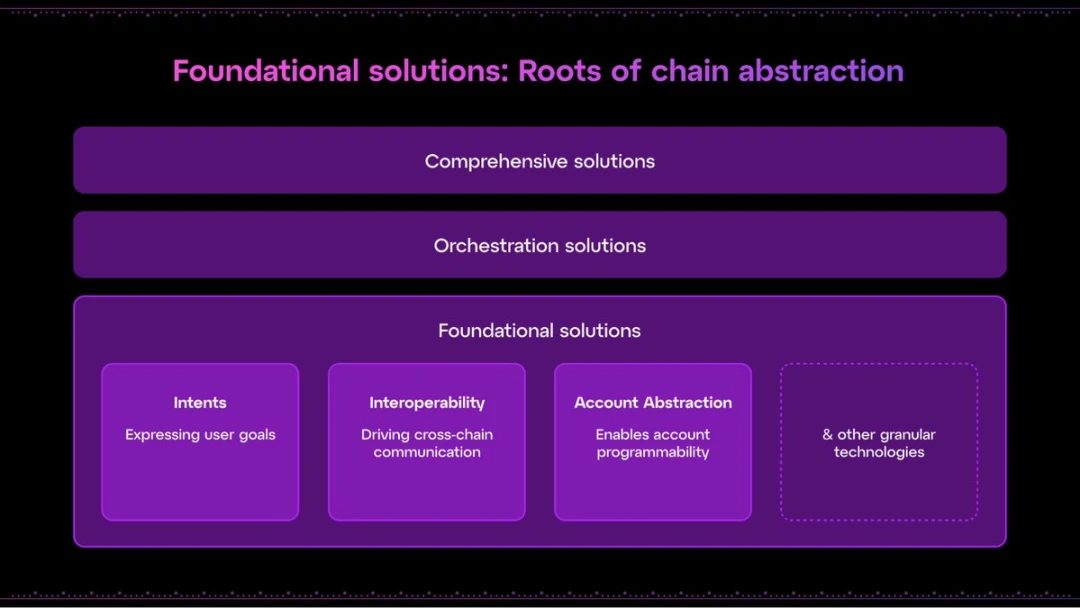
05 Chain abstraction = UX optimization?
Chain abstraction is not a simple user experience optimization. It fundamentally transforms the traditional TVL model (solidified, asynchronous and non-real-time, requiring assets to be transferred to a specific chain in advance before they can be used) into a fluid, real-time multi-chain ecosystem (assets can be used anytime, anywhere).
This basically redefines the concept of liquidity - making multi-chain liquidity truly flowing.
For public chains: new public chains no longer need to acquire and lock TVL in advance, but can focus on specific businesses such as payment, games, and transactions from the beginning.
For users: the concept of multi-chain asset distribution will no longer exist, and there is no need to deposit money on each chain. You can just look at the total account balance and access it at any time.
For developers: It will not be feasible to develop products by reinventing the wheel in a closed and isolated ecosystem. There must be real innovation.
06 Chain abstraction gas is very high?
There are two ways to answer this question:
Does it increase the transaction costs on the original chains: No. The cost of chain abstraction transactions on each chain is the same as the cost of users manually moving assets to each chain.
Whether additional gas is added: It depends on different chain abstraction solutions and dApps. Taking Pariticle Network as an example, the total gas paid by users will include the gas paid to its underlying L1, but this part is very, very low compared to external chains and can be almost ignored.
In addition, chain abstraction also allows projects to subsidize gas. Some projects may be able to reduce gas costs by optimizing underlying interactions (such as introducing a clearing layer, transaction packaging, etc.).
In summary: the cost is almost the same (may be lower in the future), but the experience is obviously better.
07 Will chain abstraction bring about interactive security issues?
There are three ways to answer this question:
Does it interfere with user decision-making: No. Chain abstraction does not interfere with user decision-making, but only improves the efficiency of interaction after the user makes a decision.
Does it deprive users of their right to know and control? No. Under the chain-abstracted transaction logic, users have the right to know the underlying interaction logic of each transaction, and users still have sole control over assets on different chains.
Whether additional security risks are introduced: depends on different chain abstraction solutions and dApps. A well-designed chain abstraction solution can remain decentralized and transparent.
In summary, the starting point of chain abstraction is not to interfere with users’ decisions on which dApp to interact with, but to make users’ decisions more seamless and efficient. Users’ rights are not sacrificed in this process, and a well-designed chain abstraction solution is very safe.
08 Anyway, there are only one or two head chains with traffic, so chain abstraction is unnecessary?
The current situation is not that “only the top chains have traffic”. The social media traffic perception of C-end users is not equal to the actual operation status of the chain.
In addition to Base and Solana, some L2 chains that are not immediately noticeable to C-end users, such as Arbitrum and Mantle, have accumulated a large amount of TVL; the monthly activity of TON and Aptos exceeds that of Ethereum; Polygon, Blast, and Starknet can also generate $20-30 million in fee income per year. It is unreasonable to think that these chains have no traffic.
The future cannot be built on a single chain, nor will “only the head chain have traffic”.
The reason why a single-chain future is impossible is that the expansion of a single chain cannot be infinite and will face serious risk concentration problems, so it is impossible to build the entire Web3 on a state machine.
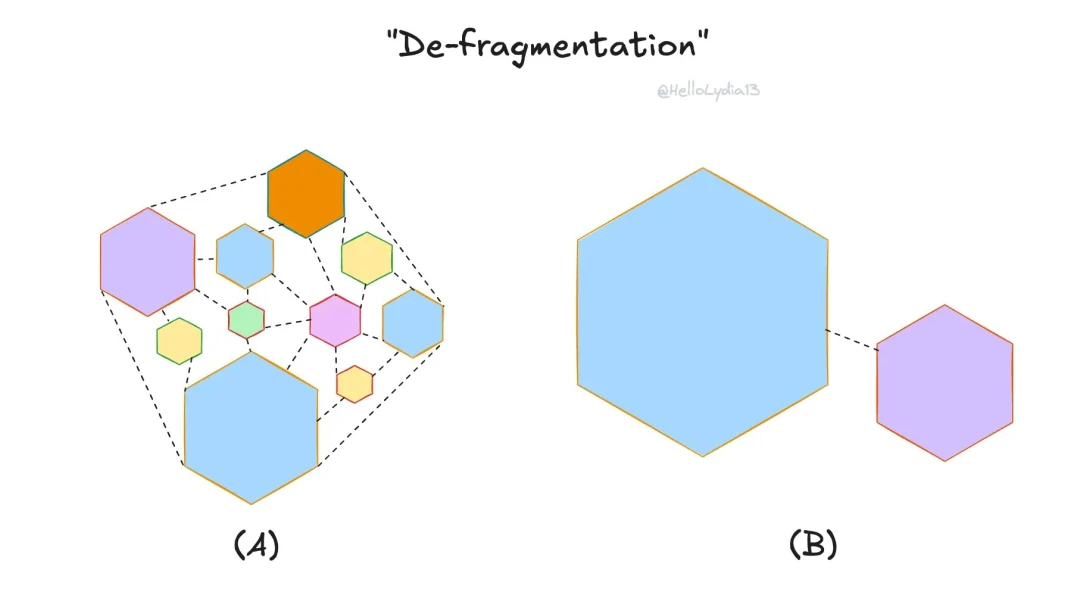
The reason why “only the head chains and applications have traffic” in the future is that we have seen an increasingly diverse L2 ecosystem within the Ethereum ecosystem (Unichain, Movement), the strong rise of the new EVM L1 (Monad, Sei, Berachain), the active non-EVM ecosystem (Sonic, Sui, Aptos), and the continued reduction in the threshold for Appchain deployment (monthly operating costs as low as US$1,000).
In summary, we are facing an irreversible multi-chain future, and the arrival of chain abstraction is not subject to any individual will.
09 Chain abstraction does not fundamentally solve the fragmentation problem?
We define the solution to the fragmentation problem based on two audience groups.
For users, the most direct problem brought by fragmentation is: the need to manually bridge between multiple chains, the need to prepare different gas tokens, and the need to frequently manage balances between multiple chains. Chain abstraction has solved this problem.
For developers, there are two ways to solve the fragmentation problem: 1) Deploy smart contracts on the entire chain, but the fragmentation of the user experience still exists. 2) Deploy on only one chain, but it can be accessed by users of any chain and can seamlessly introduce liquidity from other chains. This is the solution of chain abstraction.
Therefore, chain abstraction can solve the fragmentation problem from both the user side and the developer side.
It is not feasible to completely unify the underlying blockchain liquidity. There are fundamental differences between different blockchains, and it is impossible to achieve atomic equivalence.
10 Conclusion
There are many different opinions on chain abstraction. Different groups have their own emphasis when talking about chain abstraction. This may be why @HelloLydia 13 first chose to clarify the misunderstanding about chain abstraction from the opposite side. Only by clarifying the source first can the truth become clearer.
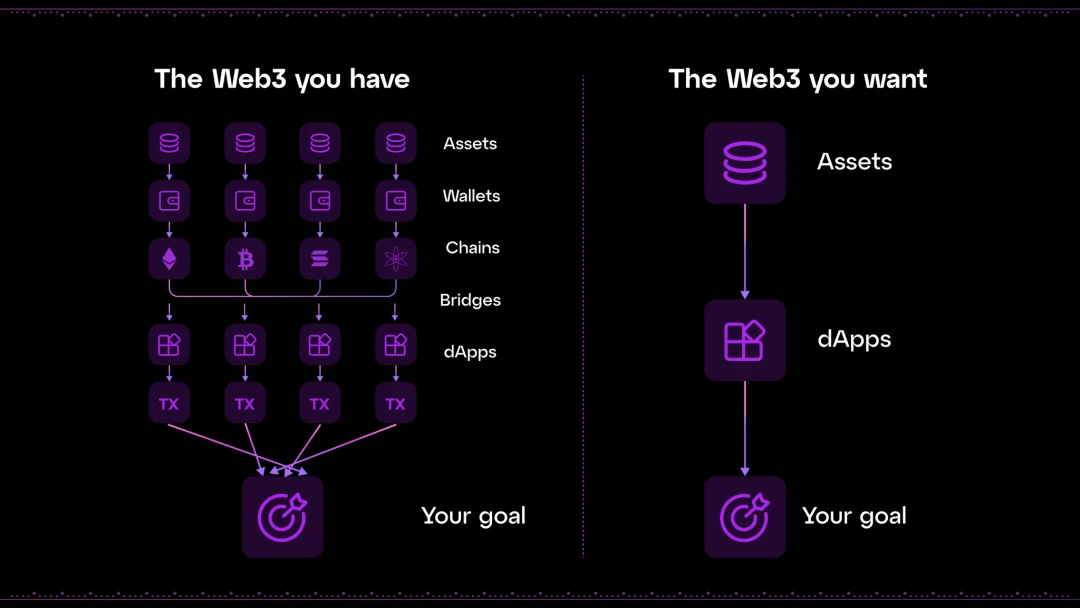
In summary, unlike pure air narrative, chain abstraction is a track with real needs, clear definitions, and rapid development. We believe that chain abstraction will eventually benefit everyone and lead the next wave of innovation in the industry.










